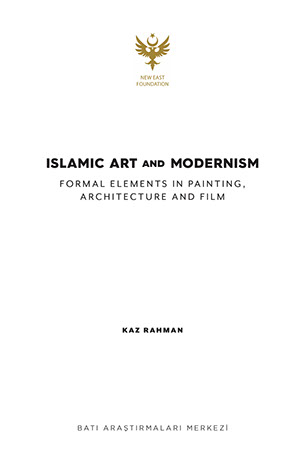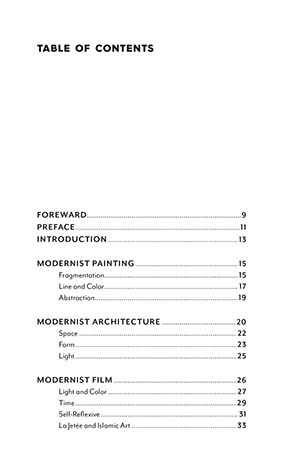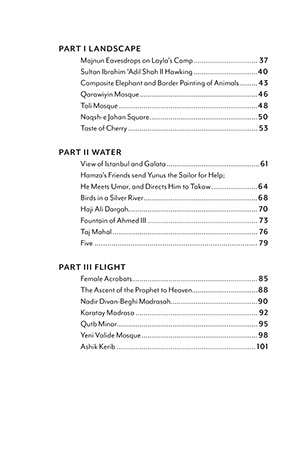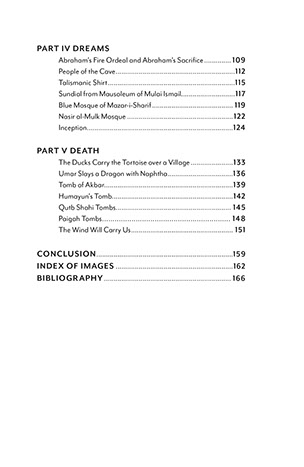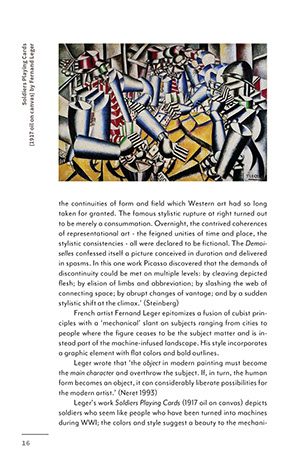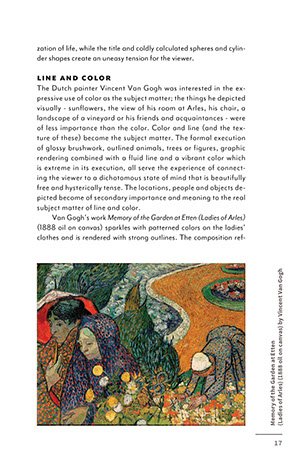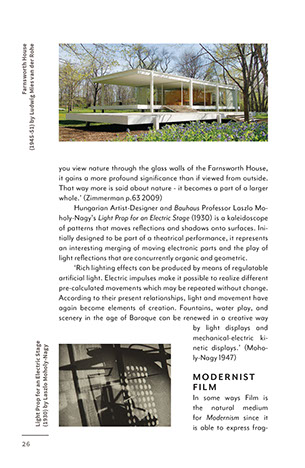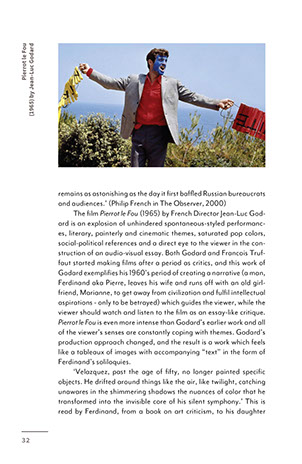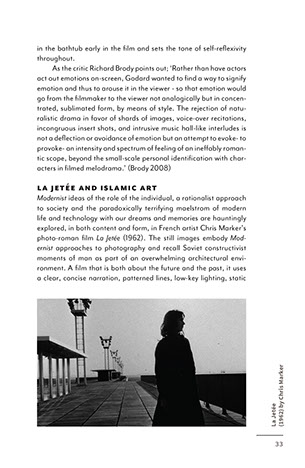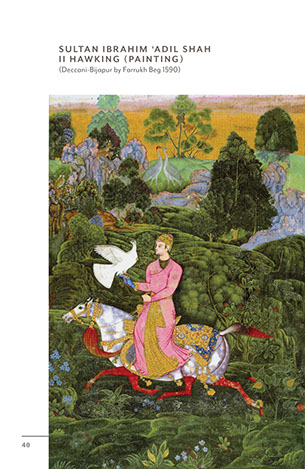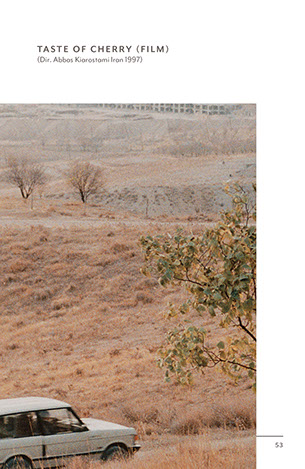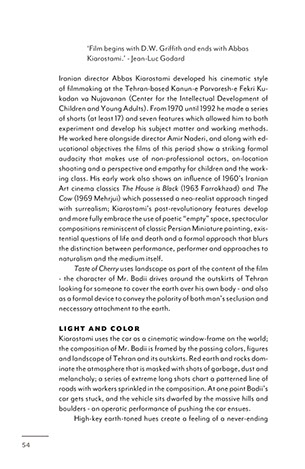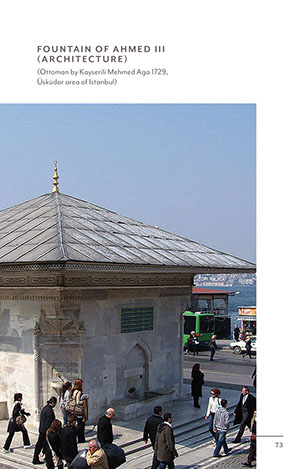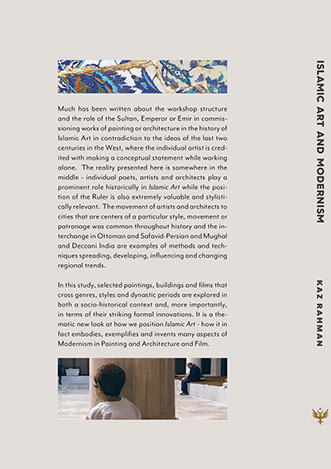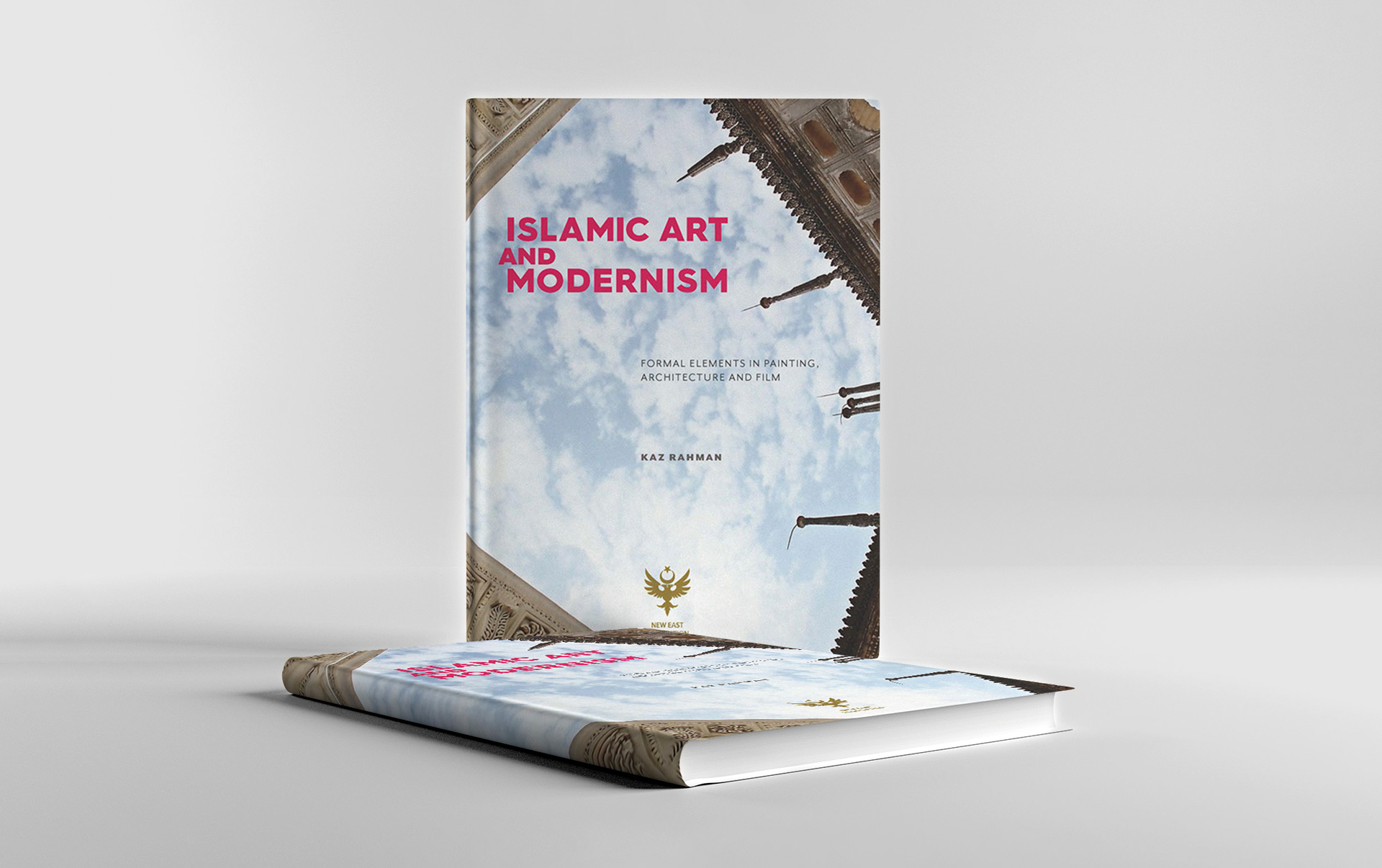
Islamic Art and Modernism
Islamic Art and Modernism are both terms which have been written about, discussed and mentioned as a period or style extensively- yet both terms remain fluid. Islamic Art stretches dynasties, periods and huge swaths of the globe. Key periods in art and architecture include Persian, Ottoman, Mughal and Deccani. Patterns and design in architecture create an aesthetic of non-representational abstraction where line, color, space and light are used to signify the infinity of Allah’s universe.
Modernist painting is defined by fragmentation, line and color as subject matter and a relentless march through abstraction towards minimalism; form and space are used in sculpture towards similar ends. In Modern architecture multiple movements place the extreme vertical and horizontal development of structures, the idea that form follows function and the embrace of industrial methods and materials at its core. The precise and efficient use of space, form and light emphasizes these qualities. Modernist cinema experiments with the magic of capturing light and is emphasized by the possibilities of moving away from traditional narrative approaches and instead manipulating, highlighting and spinning time as well as a self-reflexive acknowledgement of the medium itself.
This study by Kaz Rahman takes a new look at how we position Islamic Art – how it in fact embodies, exemplifies and invents many aspects of Modernism in Painting and Architecture and how it relates to Film.
PUBLISHED: AUGUST 2017,
NEW EAST FOUNDATION, ISTANBUL/ROME
Vágvölgyi Noémi Anna, “AZ ISZLÁM MŰVÉSZET ÉS A MODERNIZMUS PÁRHUZAMAI: Kaz Rahman Islamic Art and Modernism című könyvéről, New East Foundation, Isztambul, 2017”, PRAE (Hungarian), Hungary (March 23, 2018)

